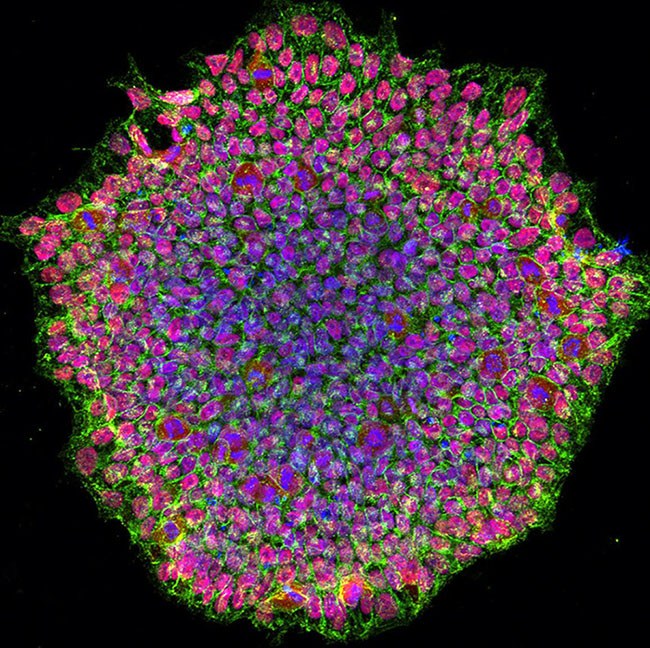IRP researchers develop first stem cell model of albinism to study related eye conditions
Use of patient-derived stem cells will enable high-throughput drug screening for potential therapeutics
Researchers at the National Eye Institute (NEI) have developed the first patient-derived stem cell model for studying eye conditions related to oculocutaneous albinism (OCA). The model’s development is described in the January issue of the journal Stem Cell Reports. NEI is part of the National Institutes of Health.
“This ‘disease-in-a-dish’ system will help us understand how the absence of pigment in albinism leads to abnormal development of the retina, optic nerve fibers, and other eye structures crucial for central vision,” said Aman George, Ph.D., a staff scientist in the NEI Ophthalmic Genetics and Visual Function Branch, and the lead author of the report.
OCA is a set of genetic conditions that affects pigmentation in the eye, skin, and hair due to mutation in the genes crucial to melanin pigment production. In the eye, pigment is present in the retinal pigment epithelium (RPE), and aids vision by preventing the scattering of light. The RPE is located right next to the eye’s light-sensing photoreceptors and provides them nourishment and support. People with OCA lack pigmented RPE and have an underdeveloped fovea, an area within the retina that is crucial for central vision. The optic nerve carries visual signals to the brain.

A human induced pluripotent stem cell colony from OCA1A patient. The image was acquired using a confocal microscope and is stained for pluripotency marker proteins. The red color depicts transcription factor OCT4, green is SSEA4 protein, and blue represents the nucleus of the cells.
This page was last updated on Friday, January 21, 2022